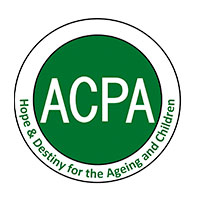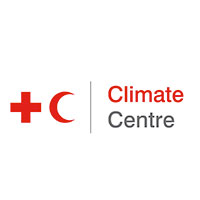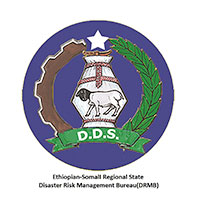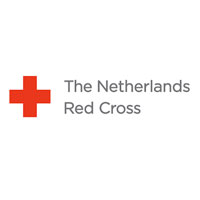Ethiopia
Local context
Ethiopia has a population of more than 100 million people. The country consists of dry sub-humid, semi-arid and arid regions, all of which are prone to drought. Dependence on rain-fed agriculture, land degradation, low economic development and underdevelopment of water resources make Ethiopia highly vulnerable to recurrent droughts. In the past 20 years, the frequency and impacts of droughts have become more severe due to climate change. This has affected the lives of millions of people whose livelihood is directly and indirectly connected to natural resources. Partners for Resilience (PfR) Ethiopia operates in four regions: Somali, Afar, Amhara and Central rift valley. These regions are prone to droughts and floods. Communities in these areas are highly vulnerable to natural hazards, putting the lives of the people and their livestock at risk.
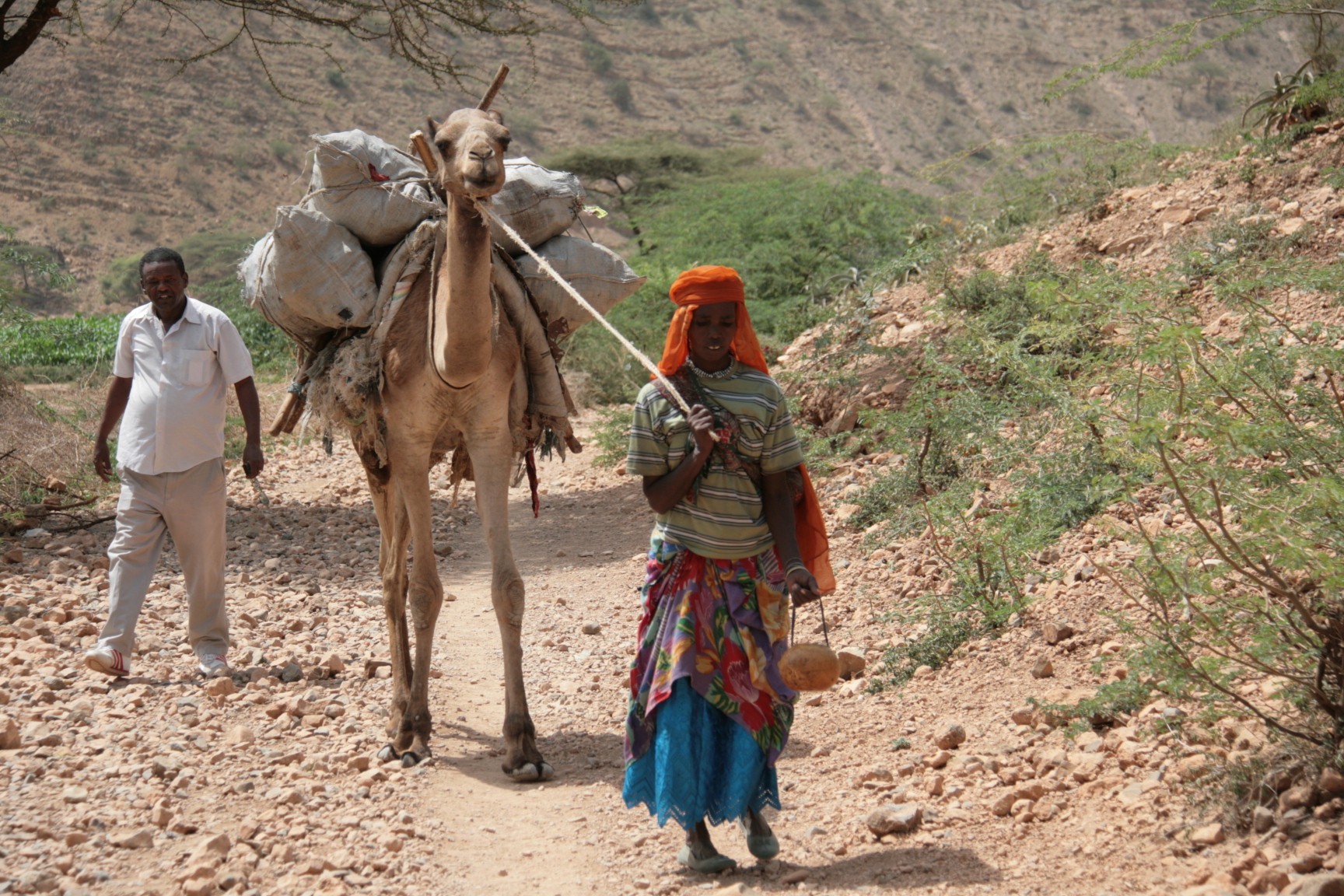
Programme I: Dialogue and Dissent
The programme Dialogue and Dissent (2016–2020) builds upon the legacy of the first phase of PfR (2011-2015); moving from direct implementation towards capacity strengthening of civil society organisations (CSOs). Through Dialogue and Dissent, CSOs are capacitated to pursue dialogues aimed at improving disaster risk reduction policies, practices and investments in hazard-prone regions. The dialogues include activities such as (1) promoting the integrated risk management approach in regional disaster risk management policies and implementation strategies, (2) increasing access for vulnerable communities to climate funds and (3) improving community capacity to anticipate, respond and recover from floods and droughts.
Examples of the activities and achievements in Ethiopia:
- Strengthening CSOs’ and stakeholders' dialogue capacities (such as negotiation skills) and capacities on the IRM approach (understanding and applying the approach and its principles).
- Universities in Afar and Somali region are developing a curriculum for regular and short-term trainings on IRM.
- Supporting the Amhara regional environment bureau to assess the environmental and social impact of investments and take appropriate response measures.
- Film about Asma and Kediga and how they handle drought.
Programme II: Up-scaling Eco-DRR
Upscaling community resilience through ecosystem-based disaster risk reduction (Eco-DRR) is a three-year project (2019-2021) funded by the European Union (EU-DEVCO). It is being implemented by UN-Environment and Partners for Resilience. The 28 month-project started in June 2019 and ends in December 2021. Cordaid, together with its Partners for Resilience (PfR) alliance members Wetlands International and the Netherlands Red Cross, are implementing the project “Upscaling Ecosystem-based Disaster Risk Reduction and Adaptation (Eco-DRR)” in Liben and Fafaan Zones of Somali Region in Ethiopia.
Building on the previous Partners for Resilience programme (2011-2015) and its successor (2016-2020) this project aims at supporting pilots, replication and upscaling of ecosystem-based disaster risk reduction (Eco-DRR) approaches as a contribution to strengthened disaster risk governance.
Overall objective: Enhance the resilience of communities in Fafaan and Liben Zones in Somali Region of Ethiopia to disasters (including from climate risks) through the piloting and scaling up of implementation of Eco-DRR activities, reaching 44,000 vulnerable people in approximately 80 communities by the end of the project.
Specific objective: Strengthened integrated risk management and inclusive risk governance by supporting participatory ecosystem and community disaster risk assessments and action planning, implementation of Eco-DRR measures, scaling up of Eco-DRR action and promotion of citizen-based monitoring of disaster and climate resilient policies and practices.
Recent Resources
Programmes
- Dialogue and Dissent Strengthening the capacity of civil society to engage in dialogues with stakeholders for improved disaster risk reduction policies, practices, and investments.
Read more - Up-scaling Eco-DRR Increasing communities resilience and reducing disaster risks through ecosystem-based solutions.
Read more






